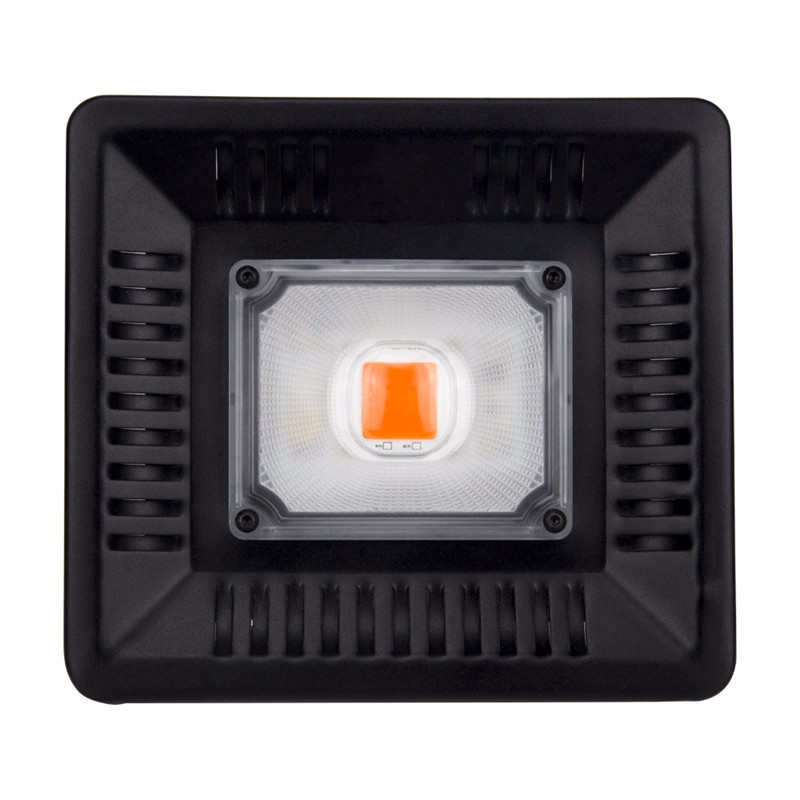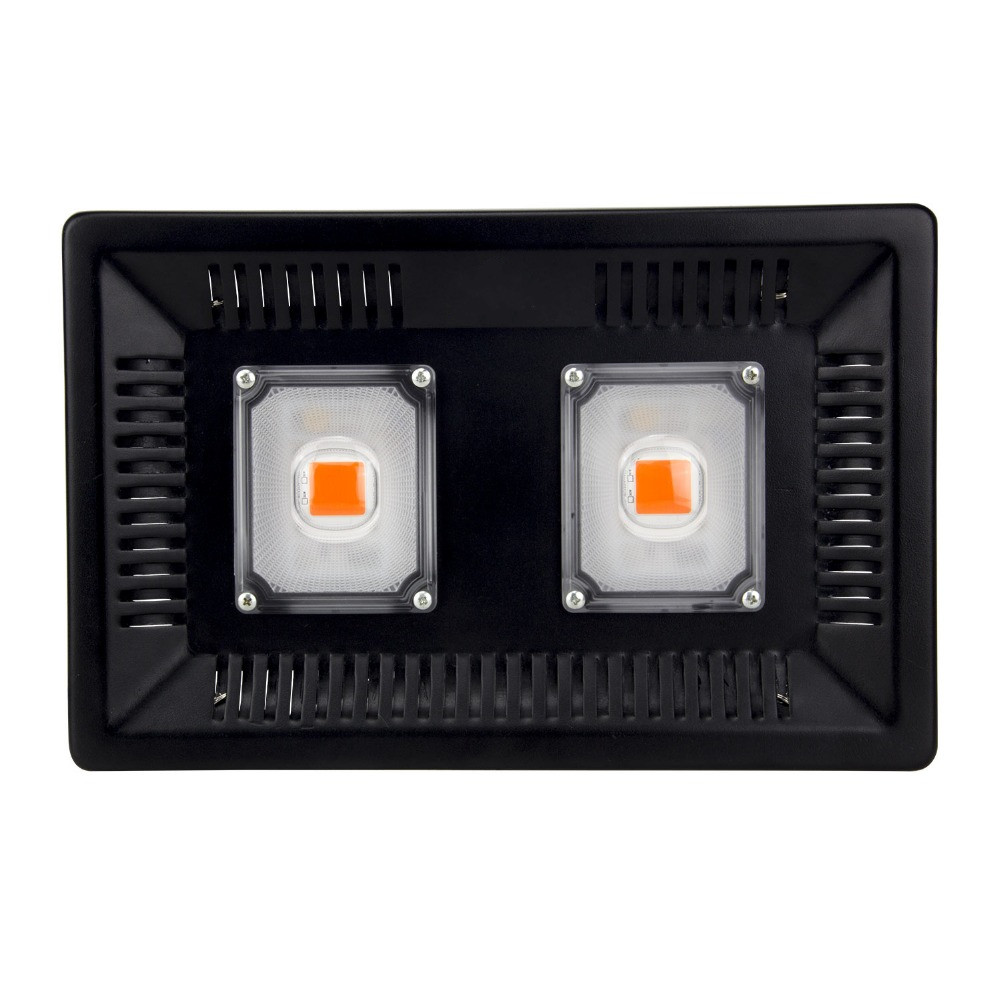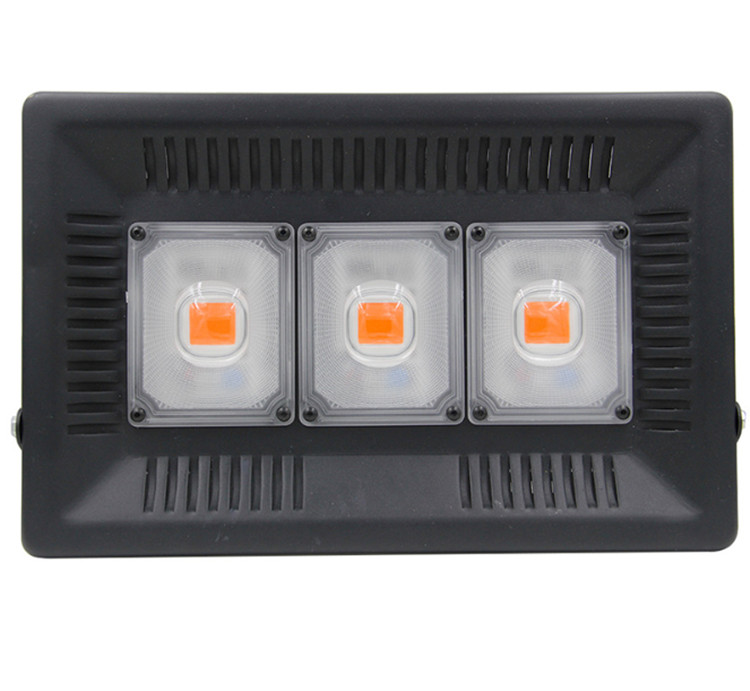2011 is about to pass, from the monthly chart, and the double-needle bottom line on the K-line chart of similar stocks, the explanation on the stock K-line chart is that the downtrend is about to end, and the upward trend is rising. From the current trend, The chaos of the steel price trend is unclear. On the one hand, the spot has gradually stabilized in the case of low inventory and low transaction, and gradually shows signs of strength. The trend of ** is slowly building bottom, the bottom is also rising, and some so-called market in the market. Experts have released such information. Since the economic slowdown is evident, steel prices will bottom out again. Under such severe market disagreements, only the key factors affecting the current steel price trend will be carefully studied. Only in this way can we correctly grasp the real situation next year. The trend of steel prices. 1) What is the trend of iron ore next year? This year, steel prices have experienced sharp declines and then plummeted. At the same time, iron ore prices have also rapidly declined after soaring. There are indications that the overall steel industry has entered an extraordinary period. Not only has the industry's profits fallen to freezing temperatures, but also the steel industry's losses. It is also expanding. China Iron and Steel Association statistics show that nine out of 77 steel companies lost money in September and increased to 25 losses after October. The loss area expanded to 32.5% and the loss amounted to 2.125 billion yuan, an increase of 1.83 billion yuan from September. . Because of the market's decline, steel mills began to take the initiative to reduce production. According to statistics from the China Iron and Steel Association, domestic crude steel output fell to 54.67 million tons in October. According to data released by the China Iron and Steel Association, the maximum daily production from June was 2.018 million tons, which fell to 1.664 million tons in mid-November. On the other hand, iron ore prices began to return to rationality, from the highest point close to $ 200 per ton to the lowest point of $ 130 per ton. In 2000, China imported 60.97 million tons of iron ore, imported 275 million tons in 2005, imported 440 million tons in 2008, and imported 620 million tons last year. The proportion of imported minerals continued to increase from 25.21% in 2000 to 67.72%. As the iron ore market is mainly monopolized by three giant companies in the world, the large amount of iron ore demand from Chinese steel companies did not bring about price benefits, but it pushed up the global iron ore price trend. Since last year, the three major international mines have stopped the long association mechanism and changed to a quarterly spot benchmark price, which is more unfavorable for Chinese steel companies with large demand. Data show that in 2010, iron ore prices fluctuated widely, with an amplitude of 130 US dollars -200 US dollars / ton. Although there has been a noticeable decline in the second half of the year, due to the high prices in the first few months, the average price for the whole year is still approximately 173 US dollars/ton. Regarding the trend of iron ore prices in 2011, the supply and demand relationship will not be reversed in nature next year, but iron ore prices are likely to decline by around 10%." The forecast for 2011 may be 660 million tons of iron ore, which may be due in 2012. It will reach 720 million tons, a year-on-year growth of around 9%.The output of domestically produced ore will be relatively less optimistic next year, and the output may reach 1.4 billion tons, which means that the year-on-year increase will be around 8%. Although global crude steel production is slowing down, this poses a relatively large pressure on the price increase of iron ore, but the reversal of the exchange rate of *** will have a huge impact on the price of imported iron ore in the first half of next year. Once the situation stabilizes, the imported iron ore price will have a strong upward momentum. Therefore, the entire ore price will remain a turbulent situation next year, and should not be oversold. 2) Does the economic slowdown affect steel prices? The Central Economic Work Conference has been convened. The next year's macroeconomic adjustment has been set. The "steady growth" is placed in the first place. This time the adjustment and the 2008 "guarantee growth" are only one word difference, but the meaning is completely different. On the one hand, the determination of “guaranteeing†is far greater than that of “stability,†and “stability†actually reflects the tangling of the regulator’s judgments on the current economic trends. At present, there has been a very clear downside expectation of domestic economic growth. China Federation of Logistics and Purchasing released in November China's Manufacturing Purchasing Managers Index (PMI) was 49%, a quarter-on-quarter decrease of 1.4 percentage points, the first time since March 2009 returned to 50% below the borderlines. In fact, HSBC’s preview of China’s PMI index released last week showed a sharp decline in the first three weeks of November, down from 51 in October to 48. In particular, the key data such as new orders index and new export order index in each individual index fell sharply, exceeding two percentage points, all falling back below 50%; the non-manufacturing PMI index fell sharply by 8 percentage points from October to 49.7. %, which fell below 50% of the dividing line marking the prosperity of the economy, which was the second lowest since this year; the business activity index was 49.7%, also falling back below 50%. The almost all-round decline in the indices is obviously not a simple, isolated incident. From the construction industry and the real estate industry, the new orders index was below 50%, and the non-manufacturing PMI index fell sharply by 8 percentage points from October, reflecting that the sustained effects of investment and consumption on the economy are declining. In addition, we cannot simply assume that this is the result of normal policy control, and we cannot see that this may be the beginning of economic “inertiaâ€. The PMI index below 50% reflects the expected growth of economic growth and the future economic growth rate will continue to fall. Even if the market optimists believe that the correction is relatively stable, if it continues to decline, it is very likely that “expected inertia†will form, which will be very unfavorable. It should be further noted that the global economic recovery will be a long and difficult one due to the long-term trend of the European debt crisis. In the first 11 months of this year, China’s bilateral trade with major trading partners, China-EU bilateral trade value increased by 19.2%, Sino-U.S. bilateral trade increased by 16.9%, not only far below the 30.9% growth rate of China’s imports and exports in the 11 months before. Moreover, the rate of growth of China-Europe, Sino-U.S. trade "depends on" the substantial increase in China's imports. Therefore, the long road to global economic recovery will have a negative impact on the Chinese economy. As the current inflation factor fades, the space for policy control will increase next year. The Central Economic Work Conference has highlighted the concept of “pre-tuning and fine-tuningâ€. This requires special attention. In fact, in 2011, the central bank implemented a policy of continuous and narrow contraction. The most typical is the continuous decline of money supply M2, and the year-on-year increase of M2 has reached a new low in recent years, and it is far below the 16% management target set by the central bank at the beginning of the year. . At the same time, the scale of credit is also strictly controlled within the goals of the plan. Even the total social scale that is not completely controlled by the central bank has declined quarter by quarter: it was 4.19 trillion yuan in the first quarter, 3.5 trillion yuan in the second quarter, and only 2.1 trillion yuan in the third quarter. This not only reflects the overall financial strains including enterprises, banks and markets, but also reflects the central bank's sufficient pre-adjustment space. The most important of these is the sufficient reserve space for reserve requirements. From the understanding of popular meaning, the logic behind the Central Economic Work Conference explained that "step by step, look at one step." Because the current situation is extremely complicated, on the one hand, external demand continues to be weak and exports are sluggish. On the other hand, due to the accelerated outflow of hot money,* * The sharp decline in the share of funds, the domestic economy may be reversed in the short-term, from the previous inflation to full deflation, this is the so-called "economic hard landing", which is what management is worried about. Under such circumstances, increasing pre-adjustment and fine-tuning measures will smooth economic fluctuations and slow down the impact of the macro economy on the real economy. Various industries will follow their own economic laws and developments. Such large price fluctuations as this year may not be reproduced, so so far It is said that the economic slowdown will, on the contrary, play a partial smooth effect on the fluctuation of steel prices, which is indirect and positive. 3) Whether steel prices have rising conditions Although the market price of steel products has not continued to decline rapidly since November, apart from the slight rebound in the prices of the two basic varieties of thread and coil, the price levels of other varieties continue to move downwards, among which galvanized and non-oriented silicon steels are the lowest in the year. At the same time, both the automotive and home appliance industries have experienced a downturn in their business climate, and the major downstream companies in the steel industry are not willing to stock up in large quantities. It can be seen from this that the steel mills do not have the ability to fully raise prices with low demand pressure. In January, Baosteel's pricing in addition to cold-rolling and electro-galvanizing was slightly increased by RMB 100/ton, and that of oriented silicon steel was increased by RMB 200/ton. The remaining sheet varieties remained unchanged in December. With the settlement of Baosteel's price policy, industry insiders predict that the January price policies of leading steel mills such as Angang and Wuhan Iron and Steel will gradually emerge, and the overall plan will be mainly flat, while fine-tuning some varieties. From the steel plant level, it is almost impossible for steel mills to pull up sharply. However, it should be noted that in the case of low gross profit or even losses, it is unlikely that steel mills will drastically reduce their factory prices again. In 2012, the capital side will gradually loosen as the deposit reserve ratio enters a declining channel. Under such circumstances, this year traders will have to reduce the amount of funds that will have to be sold to recoup stocks due to the impact of high-cost funds. On the other hand, due to real estate The slump in their highly profitable industries will prompt more traders to return to their main businesses. In the first half of this year, many traders only used the steel trade as a means to chase the circulated funds into high-profit industries such as real estate. Excess profits. Judging from the market mentality, after experiencing a sharp decline in 2011, the current market mentality has basically returned to a stable, pre-panic selling has subsided, traders continue to maintain low inventory, hold cash in response to the crisis, and downstream users are on-demand Purchasing, maintaining the lowest level of inventory to maintain low-speed consumption, but once the market begins to show signs of strength, downstream users will increase procurement efforts. In summary, the steel price volatility in 2012 will be smaller than that in 2011. After maintaining the current balance of weak steel prices in 2012, it will be common sense that the capital will return to normal and the downstream demand will gradually increase. The trend of strong growth, due to tight liquidity in 2011, has a serious impact on the construction of railways and the construction of affordable housing, and it is also a national key protection industry. Under the circumstance that there is improvement in capital, it will surely support these two industries. Under this circumstance, the demand for steel products after the Spring Festival in 2012 will obviously start, which is also the biggest support for the gradual strengthening of steel prices.
2020 hot sale 50w 100w 150w cob grow light, waterproof IP67, use Epistar 50w cob flip chip, pink lighting/3500k white lighting for you to choose.
50w 1pcs cob chip, can replace hps 300w;
100w 2pcs cob chip, can replace hps 500w;
150w 3pcs cob chip, can replace hps 1000w.
Waterproof Best Cob Led Grow Light, is your best choose for indoor plants, each lamp with bracket, easily install.
50w:
100w:
150w:
Cob Led Chip,Best Cob Chip,Led Cob Chip Grow Light,Cob Chip On Board Technology Shenzhen Wenyi Lighting Technology Co., Ltd , https://www.szwenyigrow.com


